Home>Gardening & Outdoor>Landscaping Ideas>What Weeds Look Like Grass


Landscaping Ideas
What Weeds Look Like Grass
Published: January 28, 2024
Discover what weeds look like in your grass and get landscaping ideas to keep your lawn looking its best. Learn how to identify and control weeds for a healthy, lush lawn.
(Many of the links in this article redirect to a specific reviewed product. Your purchase of these products through affiliate links helps to generate commission for Storables.com, at no extra cost. Learn more)
Introduction
Welcome to the wonderful world of landscaping, where lush green lawns and vibrant gardens create inviting outdoor spaces. Whether you’re a seasoned gardener or just starting your landscaping journey, understanding the nuances of grass and weeds is essential for maintaining a healthy and beautiful yard. In this article, we’ll explore the characteristics of grass, identify common weeds that resemble grass, and learn how to distinguish between the two. By the end, you’ll be equipped with the knowledge to keep your lawn thriving and weed-free.
Key Takeaways:
- Grass has narrow, soft blades and grows uniformly, while weeds like crabgrass and annual bluegrass try to blend in but have different growth patterns and textures.
- To tell weeds apart from grass, look at their leaves, growth habits, and root systems. Regular maintenance and observation will help keep your lawn healthy and weed-free.
Read more: What Does Weed Grass Look Like
Characteristics of Grass
Grass is the foundation of many landscapes, providing a lush carpet that enhances the visual appeal of outdoor spaces. Understanding the characteristics of grass is crucial for differentiating it from weeds that may attempt to infiltrate your lawn. Here are the key attributes that define grass:
- Blades: Grass blades are typically narrow and elongated, with a consistent width along their length. The color of the blades can vary based on the specific grass species, ranging from deep green to lighter shades.
- Texture: When you run your fingers through healthy grass, you’ll notice a soft and fine texture. This velvety feel is a hallmark of well-maintained grass.
- Growth Pattern: Grass tends to grow in a uniform and orderly manner, forming a dense carpet across the lawn. This cohesive growth pattern contributes to the overall aesthetic appeal of the landscape.
- Root System: A healthy grass plant is anchored by a fibrous root system that extends into the soil. These roots provide stability and access to essential nutrients and moisture.
- Seed Heads: Depending on the grass variety, seed heads may emerge during the reproductive phase. These structures vary in appearance and can aid in identifying the specific type of grass in your lawn.
By familiarizing yourself with these characteristics, you’ll develop a discerning eye for identifying true grass and distinguishing it from potential impostor weeds.
Common Weeds that Resemble Grass
While grass exudes a lush and uniform appearance, several weeds bear a striking resemblance to grass, making them challenging to identify at a glance. Understanding the distinguishing features of these common weed impostors is crucial for effective weed management. Here are some weeds that often masquerade as grass:
- Crabgrass (Digitaria sanguinalis): This invasive weed closely mimics the appearance of grass, with its low-growing, light green blades. However, crabgrass can be identified by its distinctive growth pattern, forming clumps rather than a uniform lawn.
- Annual Bluegrass (Poa annua): Despite its name, annual bluegrass can persist as a perennial weed in lawns. Its fine blades and low growth habit can easily blend in with desirable grass species, posing a challenge for identification.
- Quackgrass (Elymus repens): Resembling the texture of common grasses, quackgrass is identifiable by its broader leaves and more robust growth. It often infiltrates lawns and competes with genuine grass for resources.
- Annual Ryegrass (Lolium multiflorum): With its similar appearance to perennial ryegrass, annual ryegrass can be mistaken for desirable turf grass. However, its rapid growth and aggressive nature set it apart as a weed.
- Goosegrass (Eleusine indica): This weed shares visual similarities with certain grass species, but its prostrate growth habit and distinctive seed heads aid in its differentiation from true grass.
These weed species often infiltrate lawns and landscapes, camouflaging themselves among the desirable grass varieties. By recognizing their subtle differences from authentic grass, you can proactively address weed infestations and preserve the health and beauty of your lawn.
When trying to identify weeds that look like grass, look for differences in leaf shape, color, and texture. Weeds may have broader leaves, a different shade of green, or a fuzzier texture compared to grass.
How to Distinguish Weeds from Grass
Successfully distinguishing weeds from grass involves honing your observation skills and recognizing the subtle differences that set them apart. Here are some effective strategies to help you differentiate between weeds and grass:
- Leaf and Blade Characteristics: Pay close attention to the shape, width, and texture of the leaves and blades. Genuine grass species often exhibit consistent blade width and a soft, fine texture, while weeds may have broader, coarser leaves.
- Growth Habit: Observe the growth pattern of the plants. Grass typically forms a uniform carpet across the lawn, while weeds may grow in patches or exhibit a more sprawling, irregular growth habit.
- Root Systems: If possible, examine the root systems of the plants. Grasses typically have fibrous and interconnected root systems, providing stability and nutrient absorption. Weeds may have shallower or more aggressive root structures.
- Seed Heads and Flowers: During the reproductive phase, observe any seed heads or flowers that may be present. Grasses and weeds often have distinct reproductive structures that can aid in identification.
- Growth Rate: Monitor the growth rate of the plants. Weeds may exhibit rapid and aggressive growth, outpacing the surrounding grass and disrupting the lawn’s uniformity.
Additionally, leveraging resources such as local gardening guides, online plant databases, and expert advice can provide valuable insights into differentiating between grass and common weed species. Familiarizing yourself with the specific grass varieties in your lawn and understanding their unique characteristics will also enhance your ability to spot intruding weeds.
Regular maintenance practices, including mowing at the appropriate height, providing adequate nutrition, and implementing targeted weed control measures, will contribute to a thriving lawn while minimizing weed encroachment. By staying attentive to the nuances of grass and weeds, you can uphold the beauty and health of your landscape with confidence.
Conclusion
As you navigate the realm of landscaping and lawn care, the ability to discern between grass and weeds is a fundamental skill that empowers you to nurture a vibrant and weed-free lawn. By understanding the distinguishing characteristics of grass, recognizing common weeds that mimic its appearance, and employing effective identification strategies, you can safeguard the health and beauty of your outdoor space.
Remember, the key lies in attentive observation and a keen eye for detail. Take the time to familiarize yourself with the unique traits of the grass species in your lawn, and remain vigilant for any intruding weeds that may disrupt the uniformity of your turf. Regular maintenance, including proper mowing, watering, and fertilization, will not only promote the growth of healthy grass but also create an environment less conducive to weed proliferation.
Armed with knowledge and a proactive approach, you can confidently maintain a lush, weed-free lawn that serves as a captivating backdrop for outdoor activities and relaxation. Embrace the journey of nurturing your landscape, and celebrate the rewards of a thriving, verdant oasis right outside your door.
With a deeper understanding of grass and weeds, you’re well-equipped to cultivate a landscape that flourishes with vitality and beauty, providing a welcoming retreat for all who encounter it.
Frequently Asked Questions about What Weeds Look Like Grass
Was this page helpful?
At Storables.com, we guarantee accurate and reliable information. Our content, validated by Expert Board Contributors, is crafted following stringent Editorial Policies. We're committed to providing you with well-researched, expert-backed insights for all your informational needs.
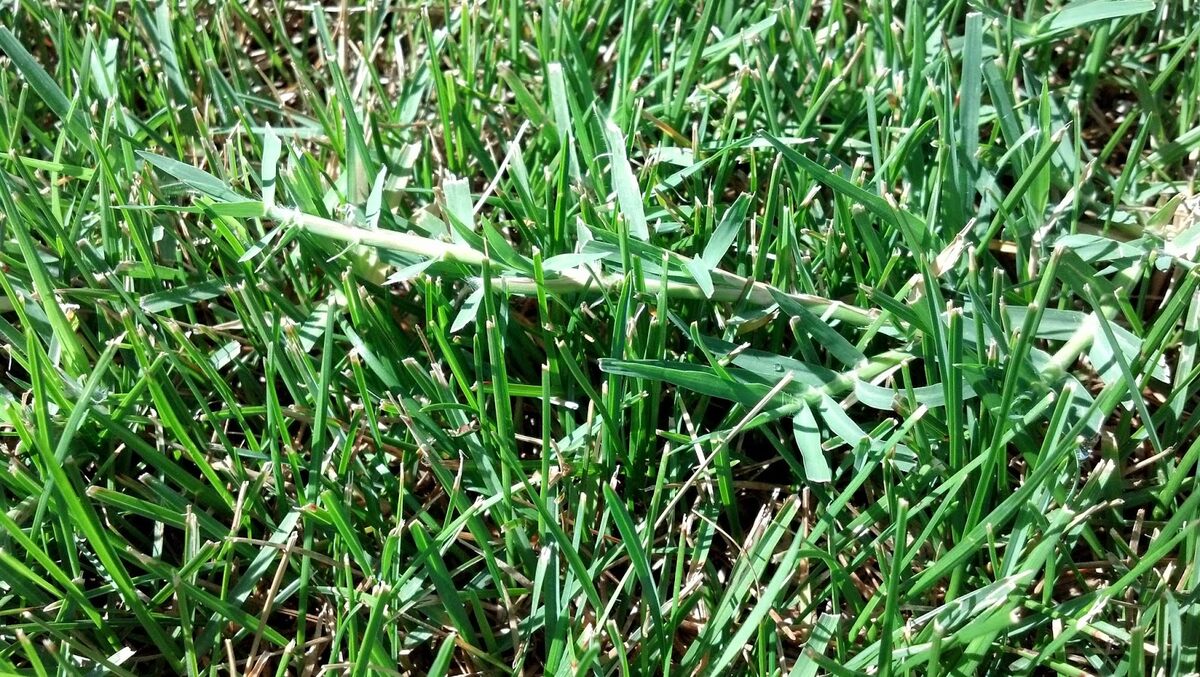

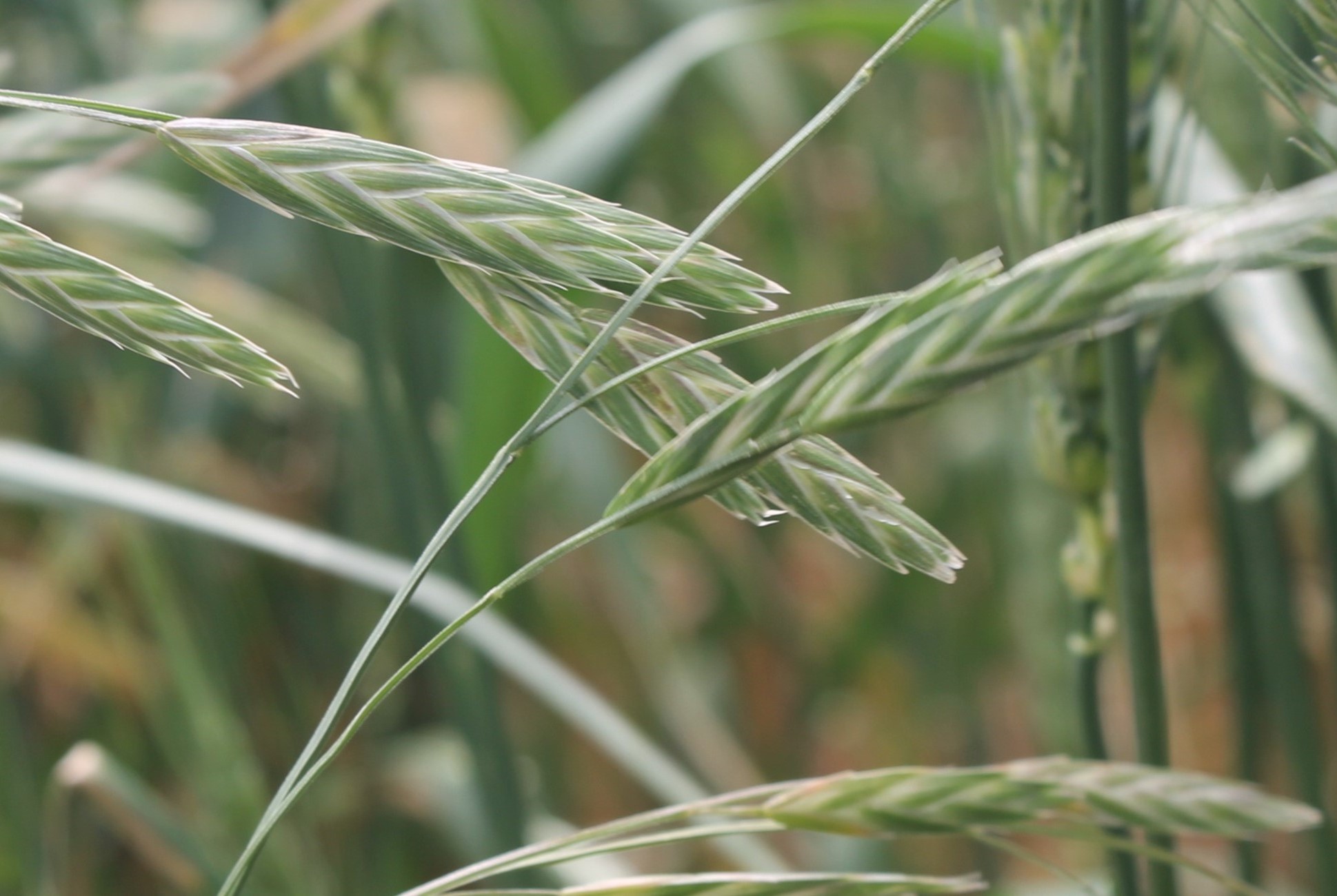

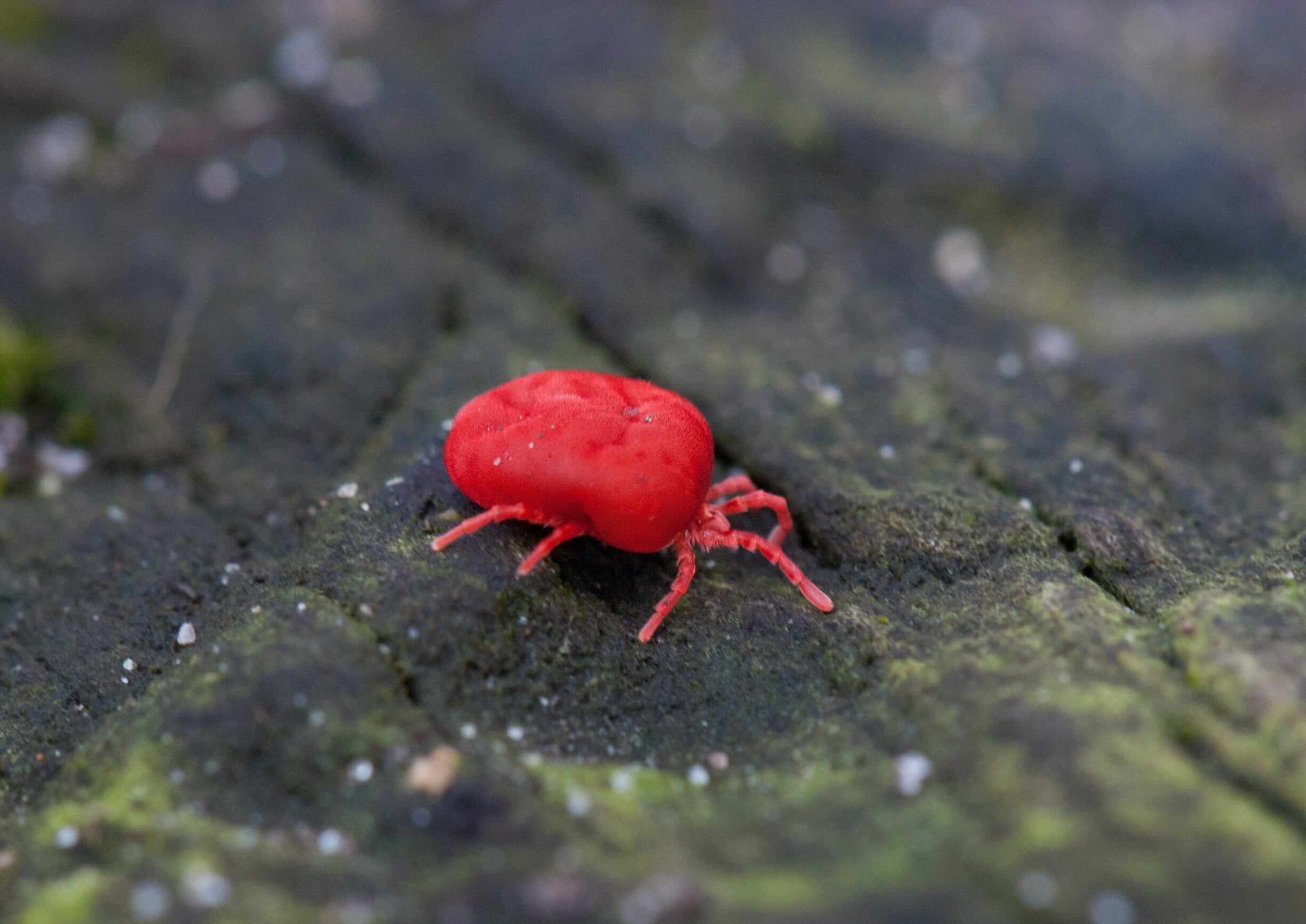
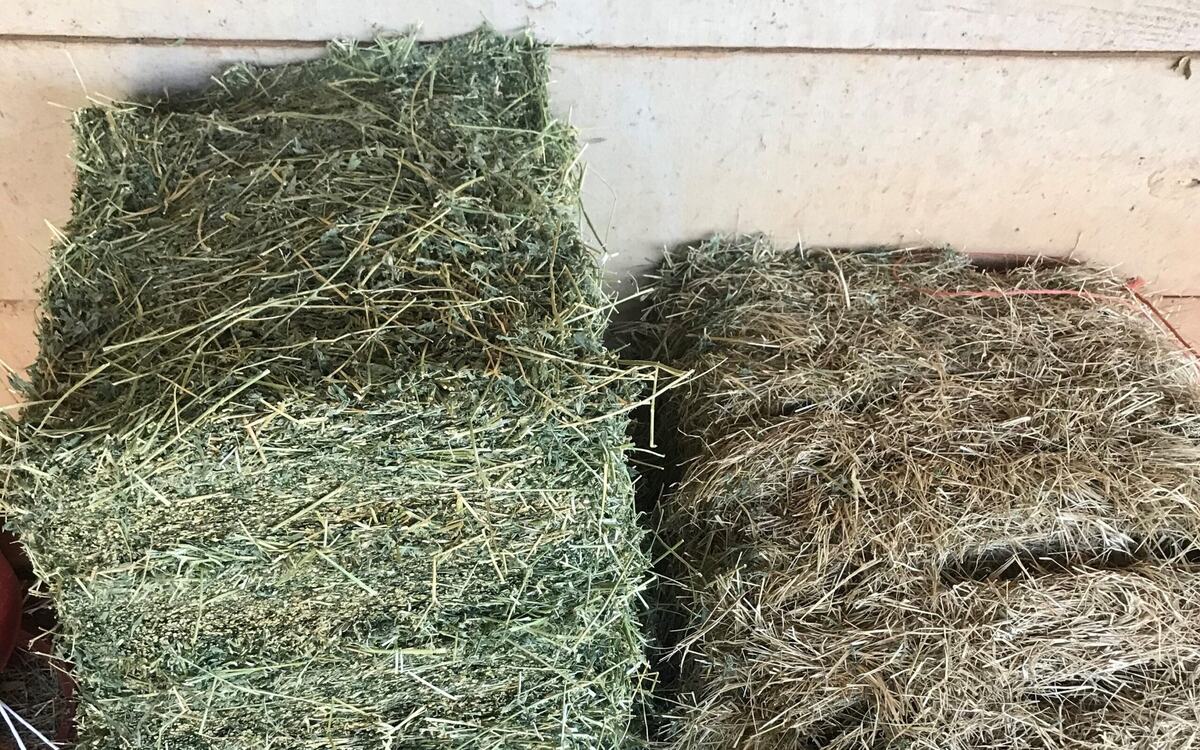
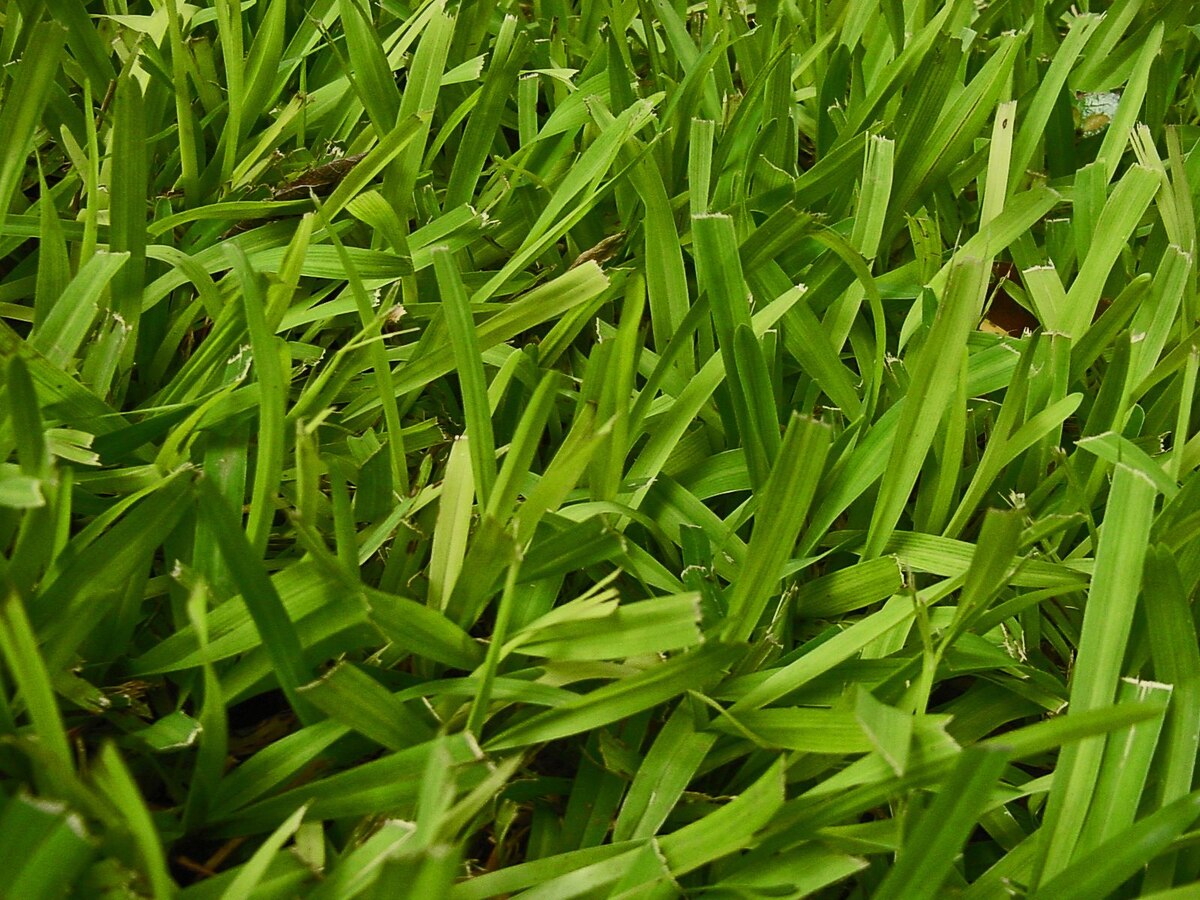
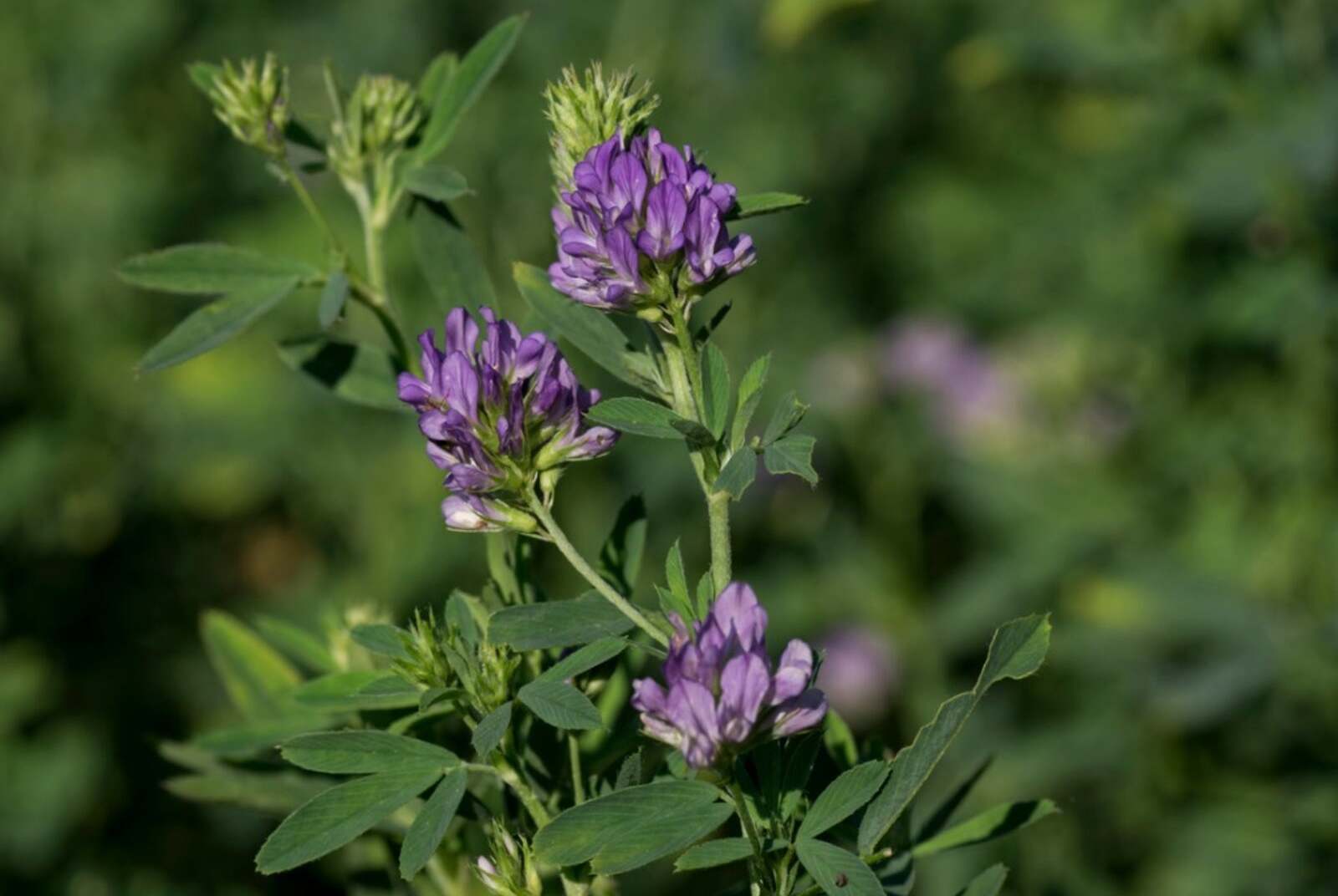
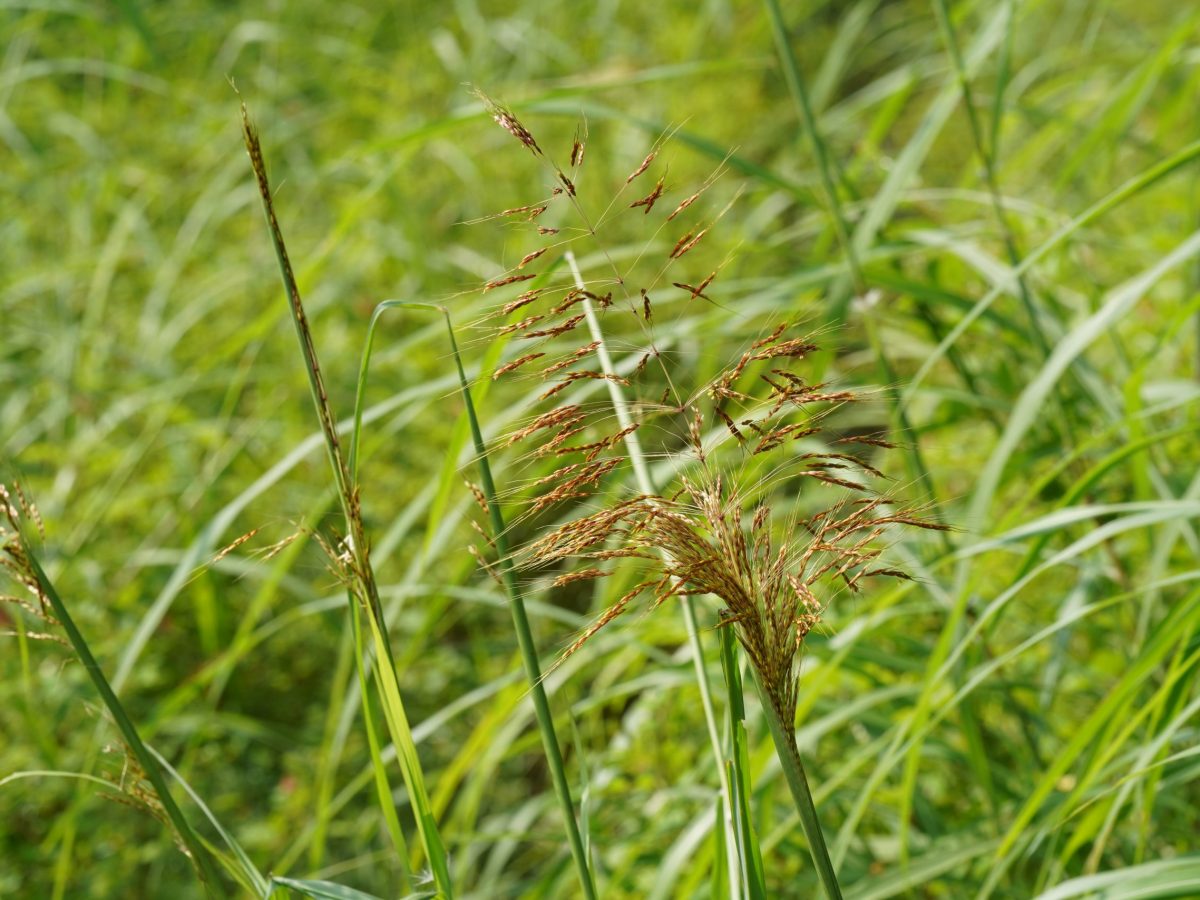
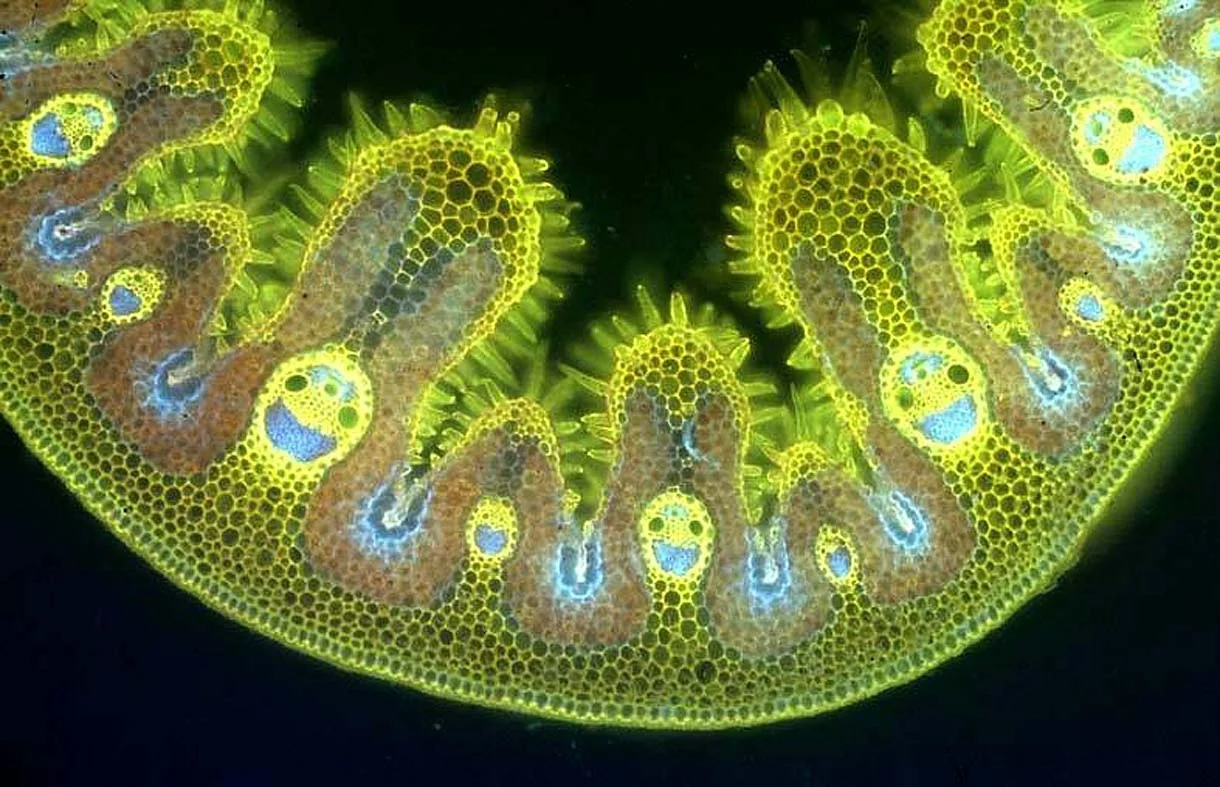
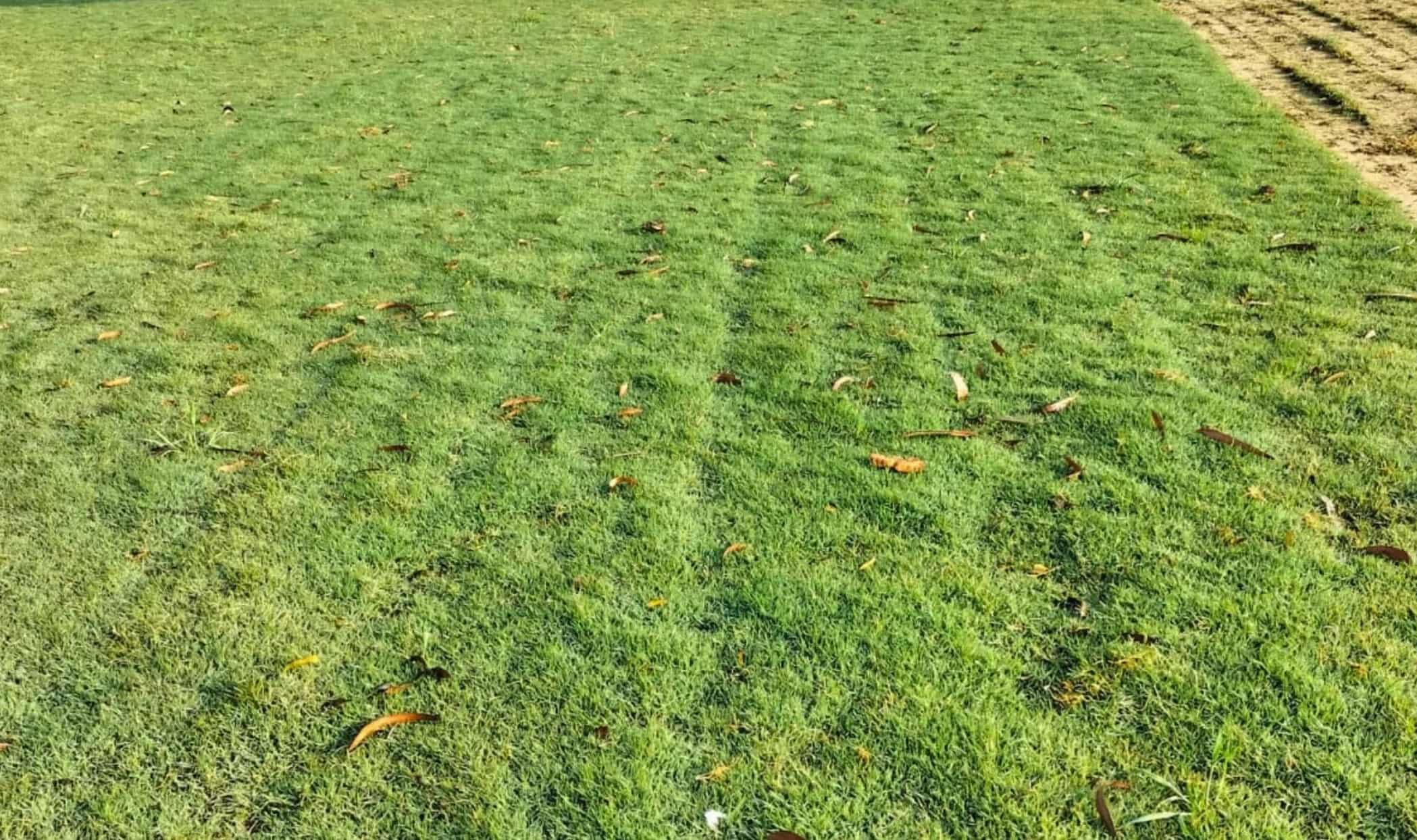
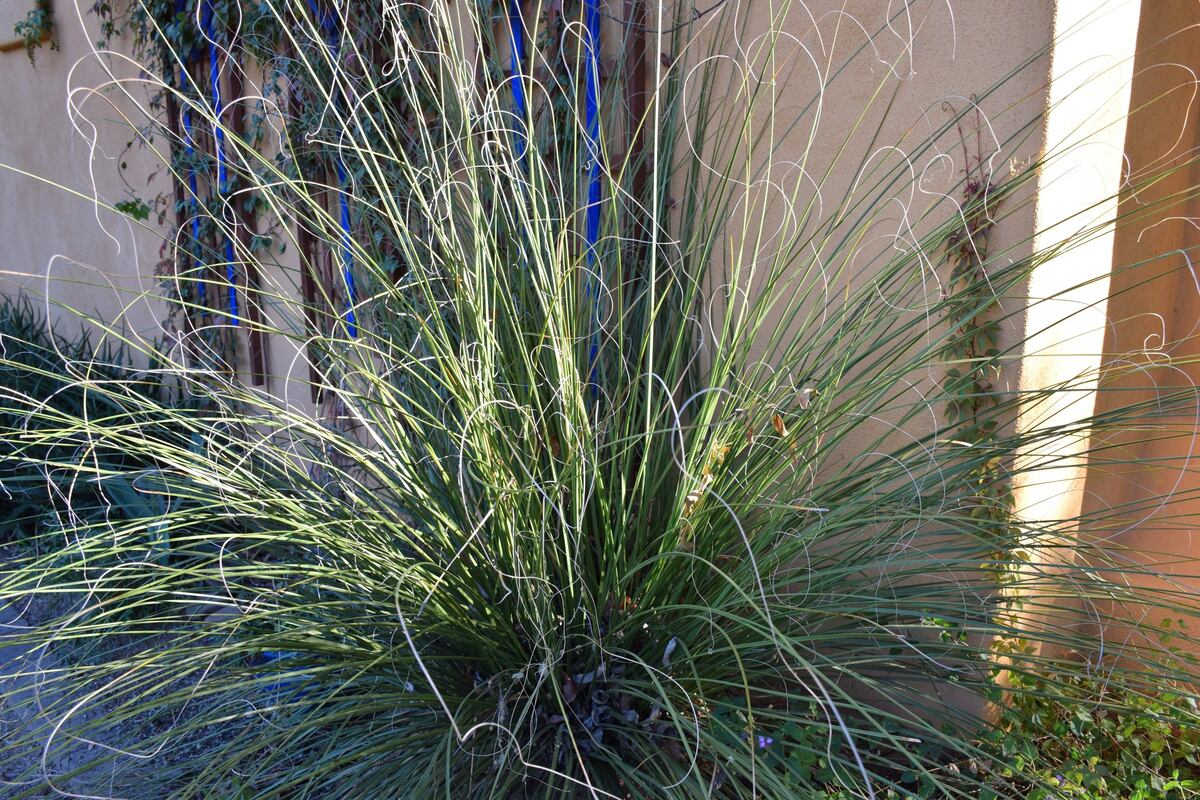
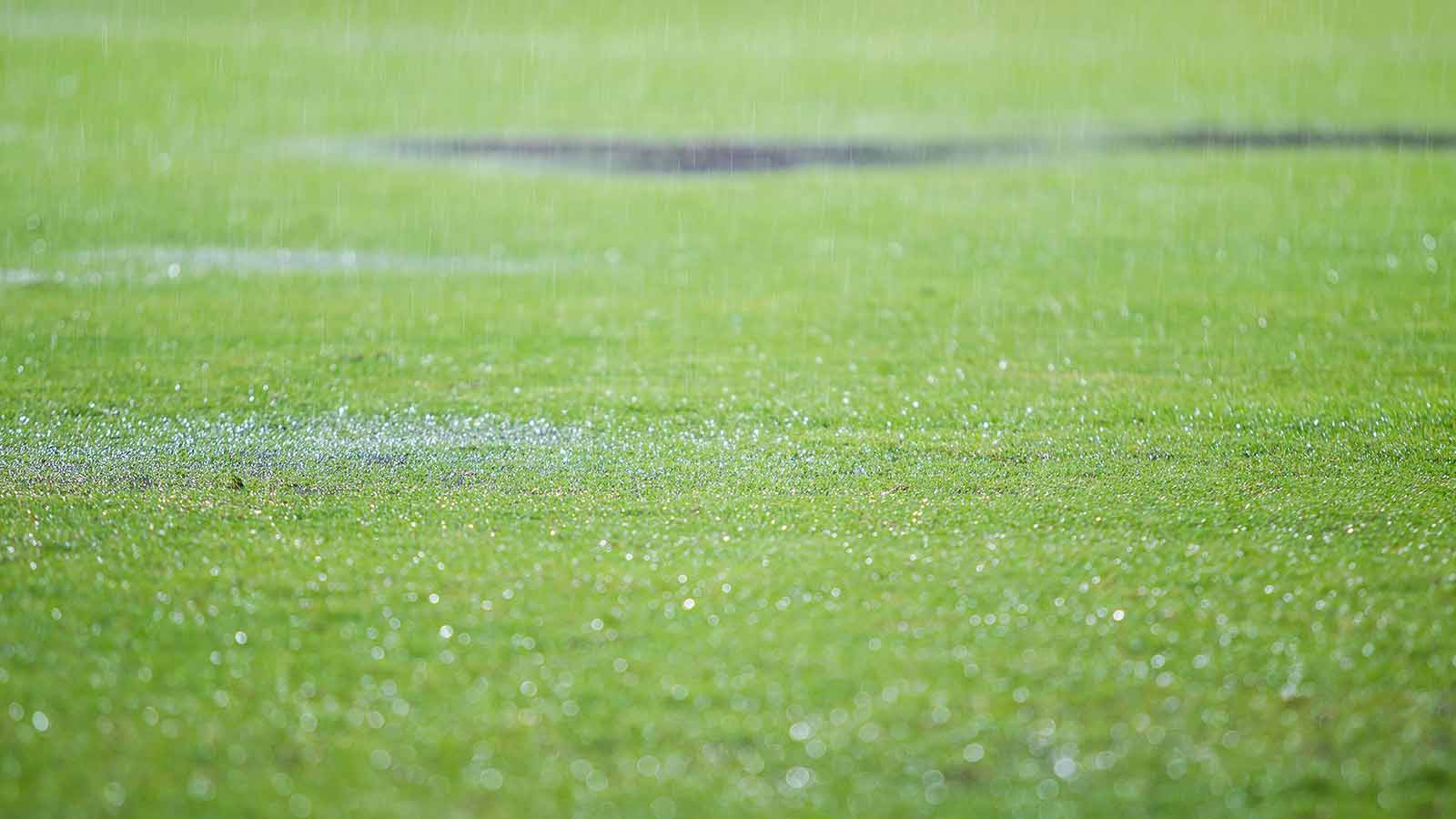
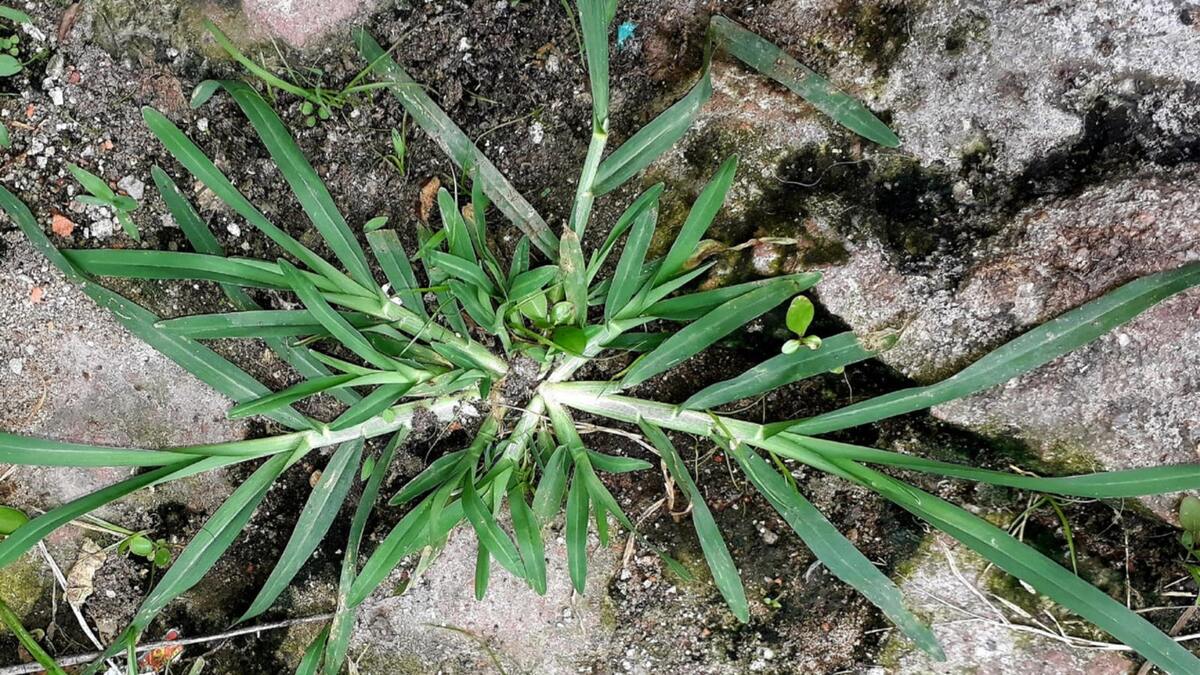
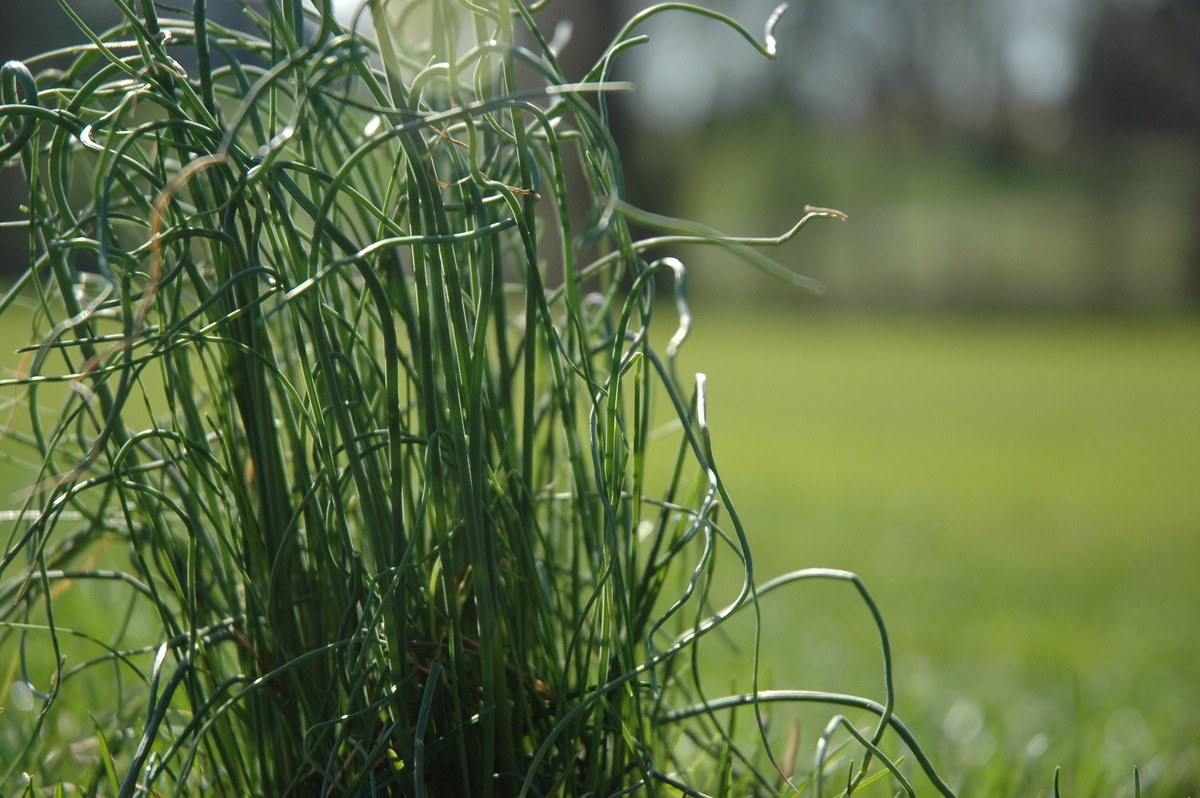

0 thoughts on “What Weeds Look Like Grass”